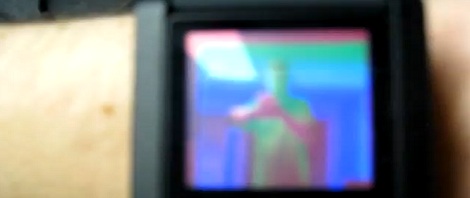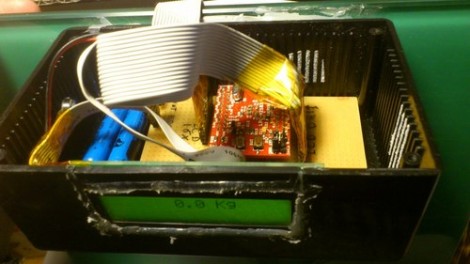
After getting his hands on an Android-enabled wristwatch, [Paul] wanted to test the limits of his new hardware. We’ll assume he’s happy with his purchase because his finished build sends data from a Microsoft Kinect to his wristwatch, making it a night vision spy watch.
[Paul]’s new toy is a WIMM One Android wristwatch that comes complete with wi-fi and a copy of Android 2.1. To get night vision onto his watch, a Kinect on [Paul]’s desk streams depth data to his watch using OpenCV. The result is a camera that gathers depth data in the dark and sends it to [Paul]’s watch.
Whenever the movement of an intruder is detected, [Paul]’s watch vibrates and displays the depth image taken from the Kinect. If the intruder gets close to the Kinect, the face is picked up and also sent to the watch. To get the intruder out of the room, [Paul] can tap the face of his watch to turn on a remote alarm and sound an intruder alert. It’s a very neat project that would have been unimaginable a few years ago.















